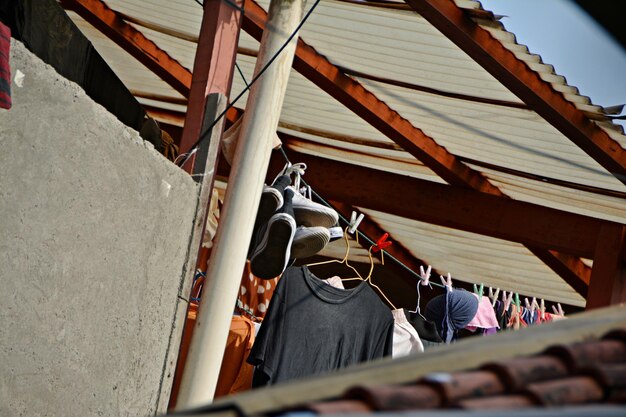Need to Shield Your Roof Quickly? Here’s How to Tarp Like a Pro
When unexpected weather events strike, a compromised roof can go from a minor inconvenience to a major disaster. Knowing how to effectively tarp a roof can save you from bigger headaches down the line. Whether it’s due to storm damage or preventive maintenance, this guide walks you through putting a tarp on your roof safely and securely.
Tools and Materials You’ll Need
Before you begin, gather the necessary tools and materials. Having everything ready can make the process smoother and more efficient.
- Heavy-duty tarp (large enough to cover the damaged area)
- Ladder (ensure it's stable and long enough)
- Roofing nails or screws
- Utility knife
- Hammer or screwdriver (depending on your choice of fasteners)
- Rope or bungee cords
Step-by-Step Guide to Tarping Your Roof
1. Survey the Damage
First, conduct a thorough inspection of your roof. Identify the damaged areas and assess the type and extent of the damage. Safety is paramount, so only do this if conditions allow.
2. Choose the Right Tarp
Select a tarp slightly larger than the area it needs to cover. This ensures you have enough material to secure it properly without stretching, which could lead to tears or leaks.
3. Position the Ladder Safely
Set up your ladder in a stable area, considering both the safety of the placement and accessibility to the damaged part of the roof. Remember not to lean too far from the ladder as you work.
4. Secure the Tarp
- Place the tarp over the damaged area and extend it several feet beyond the damage to allow for secure anchoring.
- Begin from the lowest point of the roof and work upwards. This helps the tarp act like shingles, allowing water to flow over it instead of underneath.
- Use roofing nails or screws to secure the tarp along the edges, being cautious not to cause additional damage to the roof or the tarp itself.
5. Reinforce the Tarp
For additional security, tie the corners of the tarp with rope or bungee cords. Fasten them to a stable part of the roof or ground, ensuring the tarp doesn't get lifted by high winds.
6. Conduct a Safety Check
Once the tarp is secured, double-check all fastenings. Ensure there are no sharp edges exposed that could tear the tarp, and all ties are tight and secure.
Going Beyond: Financial Relief and Support
Securing a roof can be the first step in a longer recovery journey that might include significant expenses. If the damage leads to financial strain, there are resources available to help.
- 🏡 Home Repair Grants: Look into federal or state programs that offer financial aid for home repairs, especially after natural disasters.
- 💳 Credit Card Solutions: Consider zero-interest credit options that can finance repairs without immediate pressure.
- 📋 Government Aid Programs: Various government relief programs provide assistance, particularly after federally declared disasters.
- 📚 Educational Grants: If budgeting is tight due to unexpected damage, explore educational grants that might alleviate other financial burdens for your family.
By securing your roof with a tarp and taking advantage of available financial aid programs, you're safeguarding your home and financial well-being. Stay proactive and know that resources are available to assist you through these challenging times.
